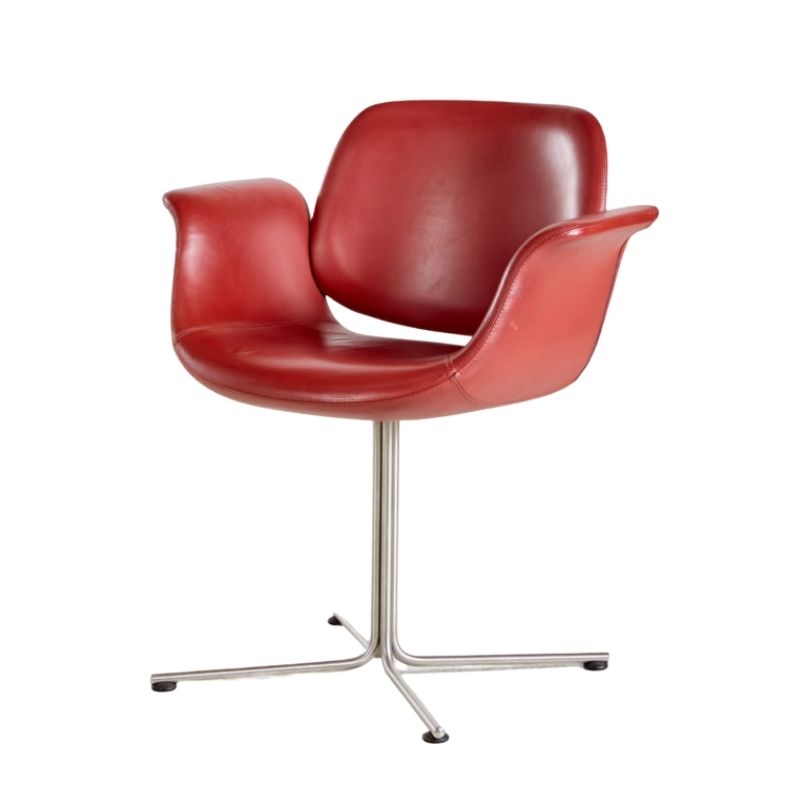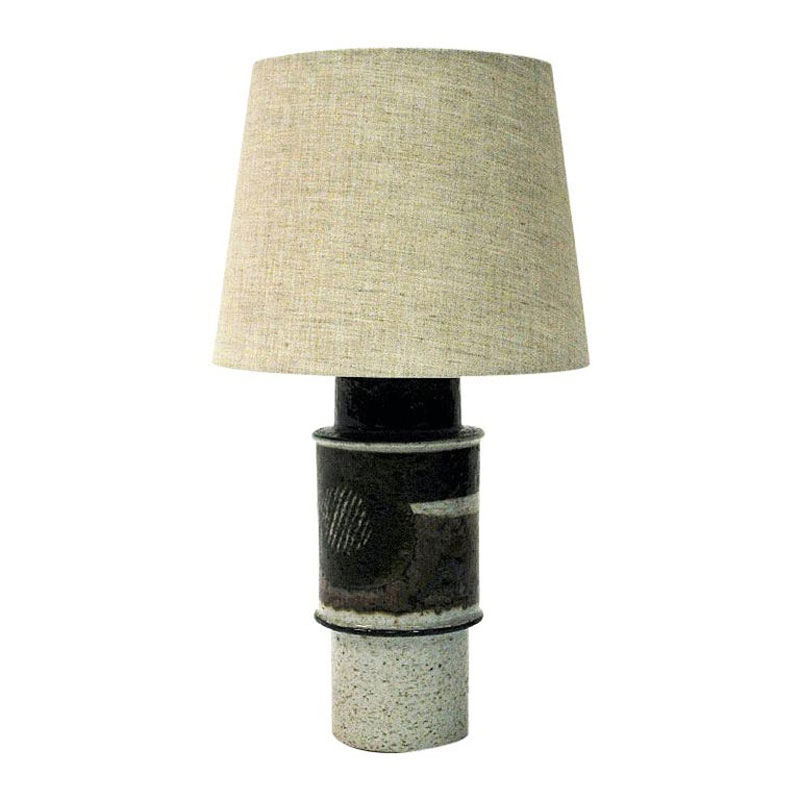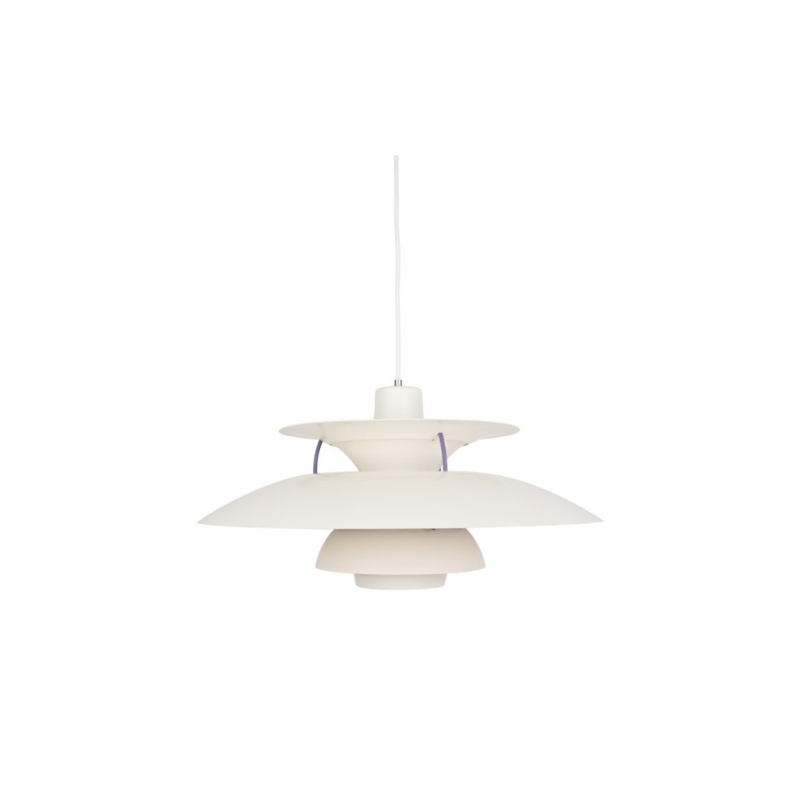I saw a Manning Bowman Cocktail Shaker on Ebay linked below. Coincidentally, I bought one in a thrift store recently. I paid a dollar for it, not because I thought it was valuable, which it probably isn't, but because I like the design. I wondered if some designers would take a crack an critiquing this design and telling what they like and dislike about it, what works about it and what doesn't. It's a fairly simple object. A pot with a handle, a lid and a spout. And yet it appeals strongly to me, even though I've given up demon booze. 🙂 I'd like to hear your analysis of it, humble though it may be.
P.S.: I tried to put it in the link box but it wouldn't send that way
Yes, there are many better shakers...
I'd just like to read the thoughts of some professionals about what works and what doesn't work in this particular design that no one is particularly ga-ga to own. I'd like to learn more about how designers actually see and analyse pieces of work. I picked this one, because its old enough no one's feelings will be hurt. And no one's philosophy, professional standing, or business relations should be put at risk in analysing it. Also its a fairly simple product; that is it has no electrical or mechanical components and it has a single function. So: where does it succeed and where does it fail as a design? Why is it that this is in your estimation a nice shaker, but not so nice as several others one might own? And by implication, why is it nicer than quite few others one might own?
.
I cant really see the details.1) I like one material used in a design if possible.2) strong forms that read as one (gestalt).In a shaker you can be very reductive, the one in question makes a feature of the material mix and is not reductive as I might want there is an architectural feel not an object feel. If anyone looks a this Ebay listing,I dont generally like cute, but for the era the Napier penguin is a fine stylization of a bird that was for some reason popular in the deco period...
thanks, ac, that was exactly what I was hoping for...
Anyone else please weigh in with their thoughts, too? We'll call this thread "Anatomy of a Nice But Not Too Nice Cocktail Shaker." As teachers used to say: class, there is no right or wrong answer on this extra credit question. Please begin now. 🙂
Form analysis??
The way I understood the question was that dc. was looking, not for a personal opinion, but for a more general "designer's" view. There is nothing general about designer's views but having some experience in commenting on students work, this is what I would say.
First of all, I would point out that the general shape is closer to a coffeepot than to a cocktail shaker and that this would lead to some confusion in retail. Starck has proven with his lemon sqeezer that architypical shapes can be questioned successfully even if they turn black from time to time...but this most successful when the shape is different from any an already established architype..not a comfy chair in the shape of a jumbo-jet tire...or a shaker in the shape of a coffeepot.I am not taking into consideration that the archtypes were different 75 years ago. To give a product like that a sturdy base and a recognizable top is good design, both from a functional as an aesthetical point of view. Yet it is more suitable in a society that appreciates classic beauty than in a society eager to see original designs, so this "dates" the product as being part of a particular time. Considering that the relationship between the handle and the spout is not well resolved. One would expect them to be at the same height. That is obviously what the designer intended by placing them were they are, but...as in typography round letters have to exceed square ones in height and in diameter. In this particular case that would not have been adequate because the handle is not always seen from the side and the moment you look from a higher point of view, you see more an more of the top op the handle. The diagonal through the handle section will always be perceived as wider than the round spout. There are a few solutions to this problem. The most obvious one that would have worked nicely is to make the top of the spout flat and in line with the handle. The designer might have considered that option, but might not have been able to convince production or marketing that it was worth to make a wooden stopper that was not round (round is not only easy to produce it does not require any attention of the user when the stopper is placed on the spout) In a case like that I would have started the spout flat against the cylindrical body and kept it flat almost to the end where I would have raised the plat surface until it merged in the cylindrical end. This would have kept both the continuity between the handle and the spout and the advantage of a round stopper.
The handle is not enough an object of it's own. If one chooses to make the handle in a different material, than his or here intention is to see that part of the product as a separate component that is added to the cylindrical body in an elegant way, independant enough to stand on it's own. The way the spout is connected to the body as a independant flat surface also indicates that it is really the intention of the designer
cont.
to keep a strong cylindrical shape on which the other parts are attached as separate pieces. If taht is the case than the handle is too close to the body. To give it more distance is not the right solution because it would make pooring less confortable (longer lever) The real solution is to choose a smaller radius for the lower curve of the handle in order to go beyonf the 90 degrees. In other words the curve would continue to the point were it points upward. Real elegance would be achieved if that upward line would go in the visual direction of the base of the spout. The other way to do this is to weld two chromed U-shapes to the body and squeeze the end of the handles in between the two lips, keeping a certain distance between the body and the end of the handle. The give the ends of the handle a radius would help. So...all in all not a bad project. Good intentions but not enough of a "form-vocabulary" to make all intentions consistent and expressive enough. In my books that's a 8+...if I can see a new prototype with the corrected features.
No wonder design is your day job. 🙂
koen, having just read your analysis, I am now looking at my humble shaker in a new way. It is as if you just translated it into English from an impenetrable foreign language; that is, of course, exactly what you have done--from design into English. Wish I could read you in your native tongue. Your analysis, like most of your posts, is all "it", not about "it." And English is probably your second language. You must REALLY get pure in French. Thanks for obliging me. It may seem tiddledy winks to you, but I'm practically jumping up and down in my chair with excitement. This is comparable to when an accomplished painter once explained a painting and a mathmatician once explained topology and elegance. Wonderful, wonderful, wonderful. Let's amend the old phrase "deus ex machina" to "design ex machina."
Dear dc,
I should thank you. Not only because of your encouragements to learn proper english(in chronological order my fourth language) but because I do find that there are not enough comments that reach beyond stating what you like or dislike, possibly with the help of a comparable product that you like even more or much less. Eventually design is of course about liking and about serving the user and even surprising the user in exceeding his or her expectations, but on a design forum there should also be room for discussing how this is done. So thanks again for asking...and giving me an opportunity to express myself in english
In no way am I criticising your English...Part 1
Please accept my apology, if that is what you inferred. I just believe that even extremely bright and multi-lingual persons such as yourself can at times be even more accurate and penetrating about the subtleties of their thinking in their native tongues. Great poets are powerful thinkers and the power of their thoughts survive translation but even the best lose some beauty and nuance in translation. So too it is with powerful thinkers in any field. Probably 99% of the brilliant edge to their thinking survives translation, especially via self-translation, simply because they start from such razor edged clarity and purified elegance to begin with. But there just are subtleties to some thoughts that are inextricably bound up in language and so lose some clarity in translation. Lord, no, I was not being critical of your English. I was being greedy in my wish to understand all that I could from your thoughts...wishing I could extract the last one percent at the margin of anything I might be missing. Alas, the problem is not entirely bridged, even if I get off my duff and learn to read your native tongue, because in my experience one has similar limitations in reading the original in a tongue one has learned, as one has writing in a tongue not one's own. Reading well, a wise professor once taught me, requires as much skill as writing well. And yet what we can learn from one another across differing tongues is so vast and useful and wonderful that in the big picture whatever is lost in translation is worth enduring. Thank YOU not only for translating design to language for me, but for translating it from your native tongue to English, and for translating it into digital packets that I in my tiny, far away California town can delight in, wonder at and be intellectually stimulated by.
In no way am I criticising your English...Part 2
I assure you the privilege is all mine.
Post Script: I too find discussions of artifacts here a little short on the technical how-and-why? I just assumed it was, because designers were all speaking in some short hand I didn't get, or found mastering the obvious too boring. As the resident village idiot of this site, I would greatly appreciate more technical how-and-why discussion of the issues by persons who obviously have the knowledge to do it. I used to run into this same problem when I was studying literature. Everyone wanted to talk about how brilliant some author was, or some book was, but few wanted to get down into the technical nitty gritty of how the author constructed the effect and how it could have been done better. It wasn't until I got around scientists, engineers and mathmeticians that I found persons uninhibited about, even partial to, getting into the "how" of the construction and elegance, or lack thereof, of problems and solutions. And in each field I have found that keen use of language (either verbal or mathematical) is an indispensible tool in developing rigorous thought and work. Again, thanks for your generosity of time and thought and translation.
If you need any help, please contact us at – info@designaddict.com









